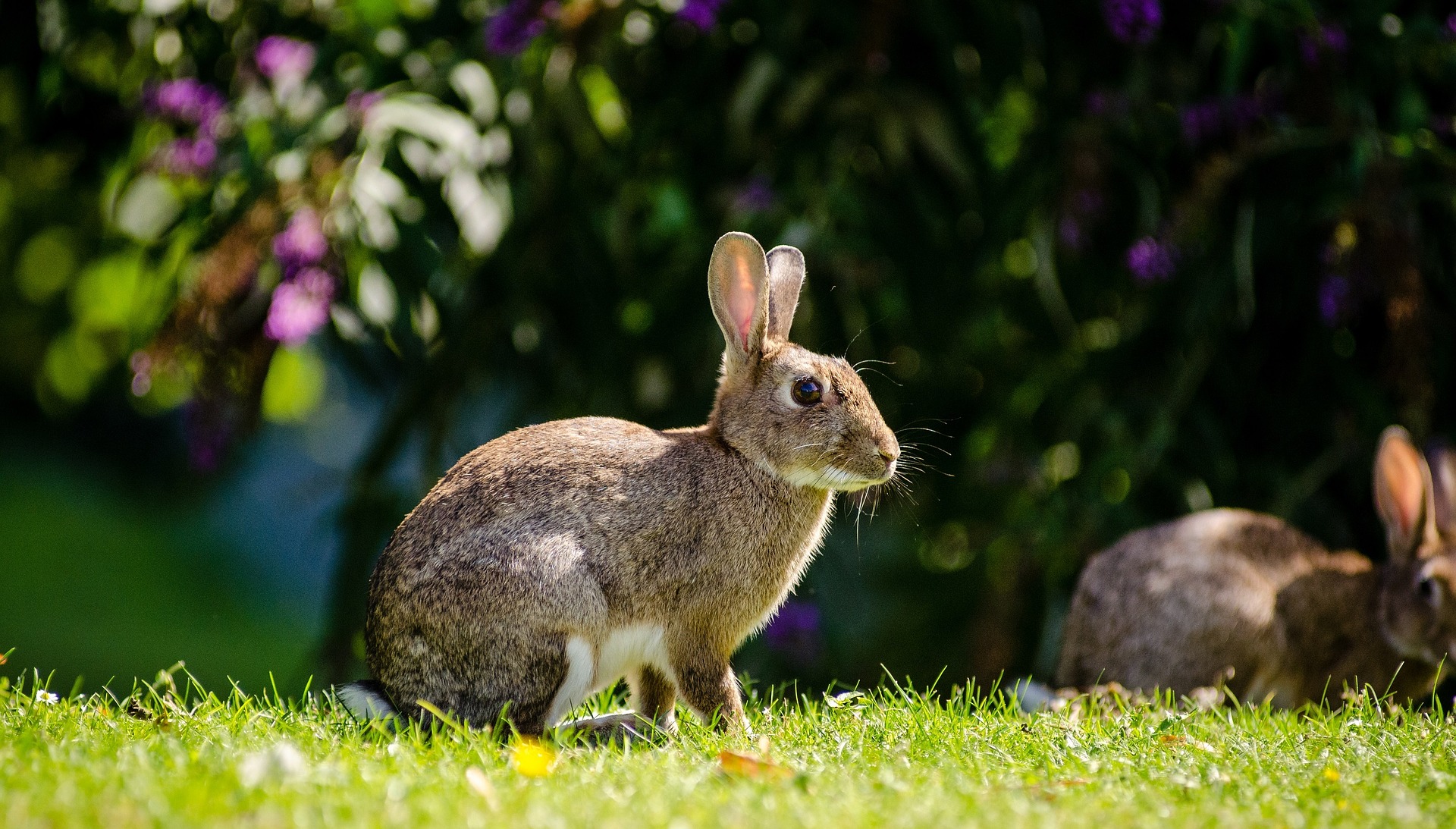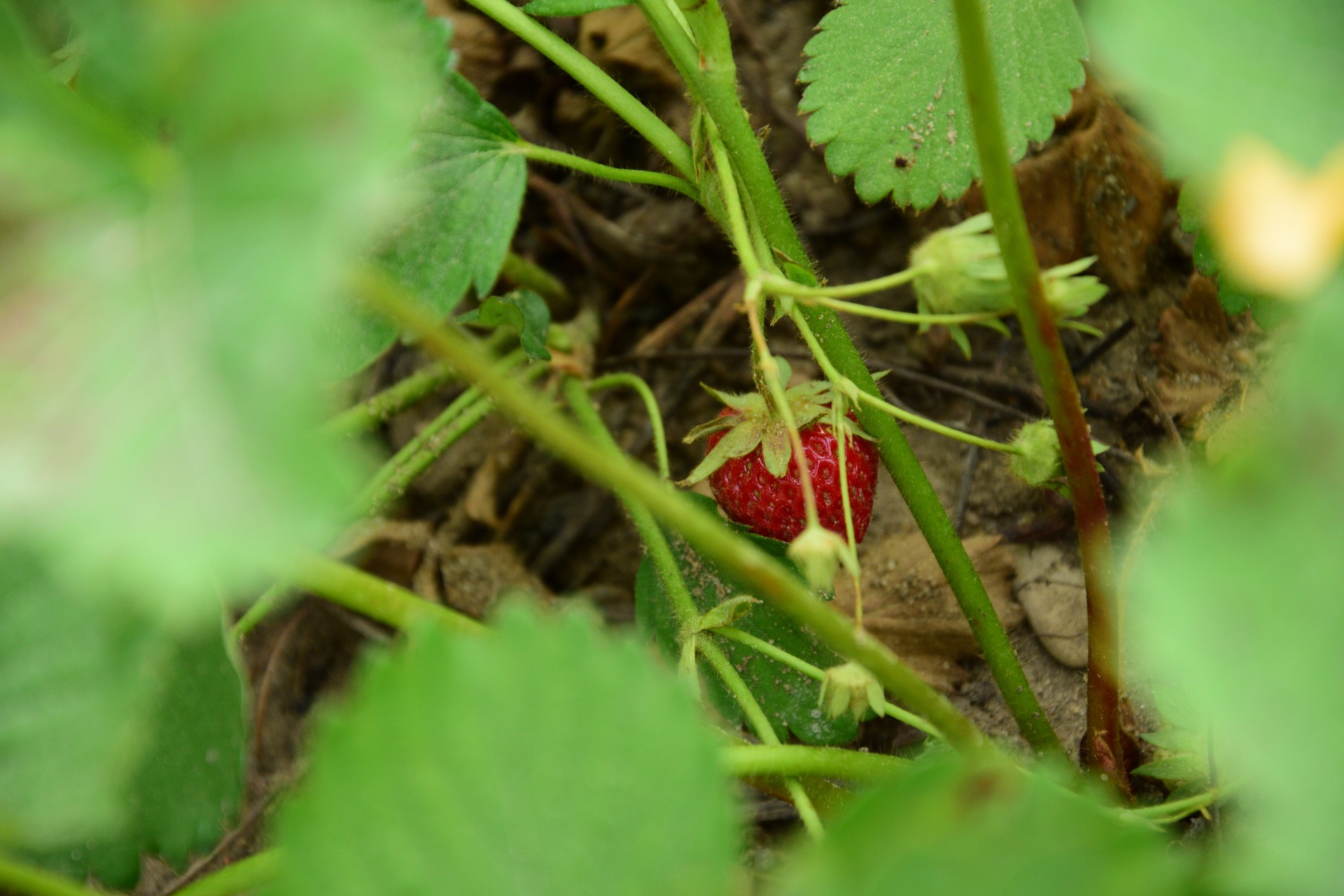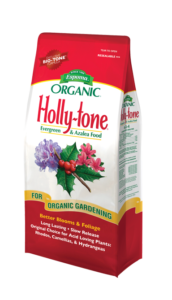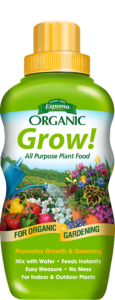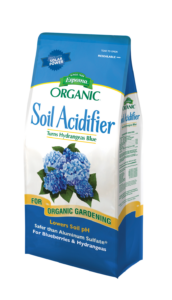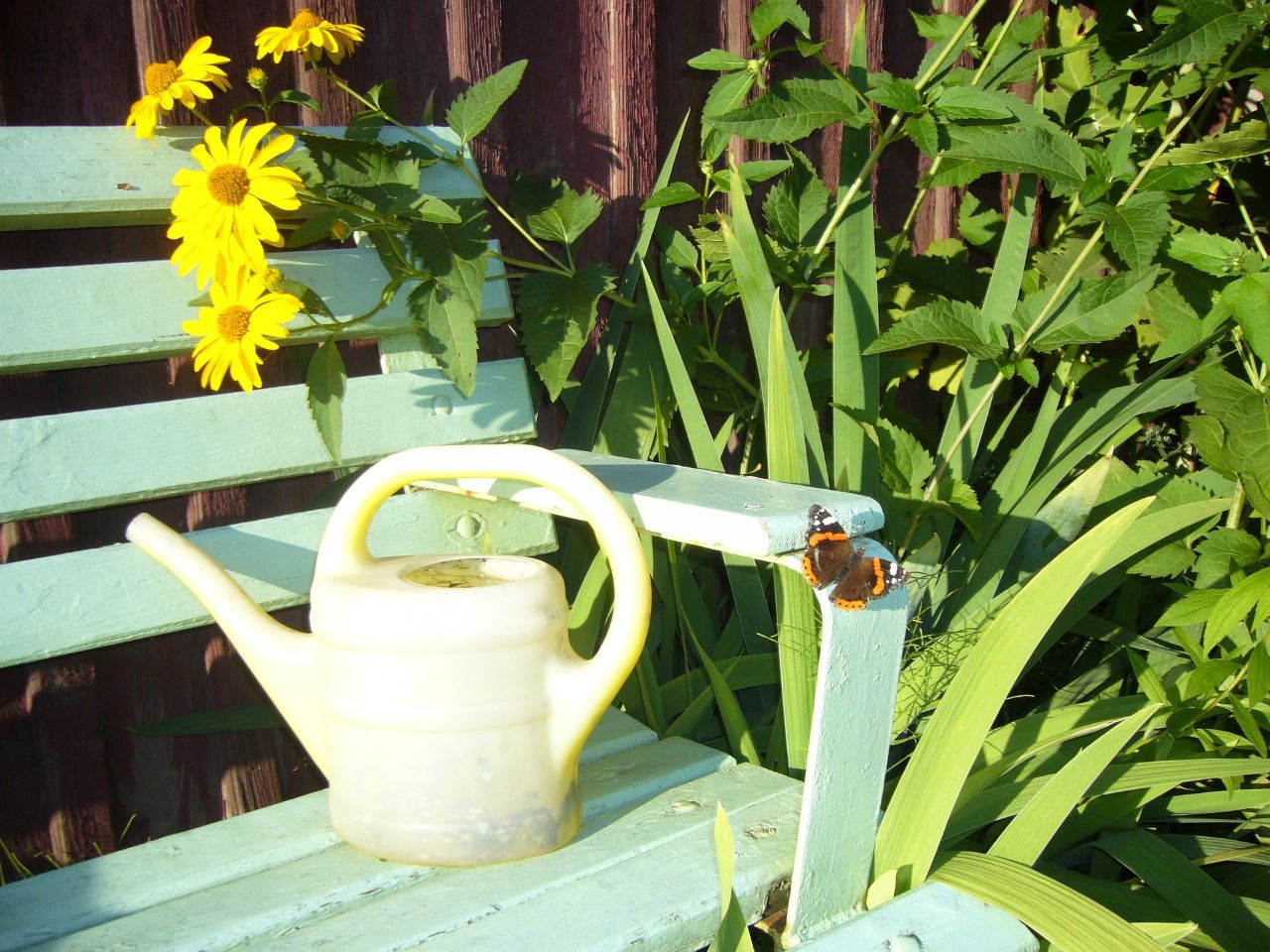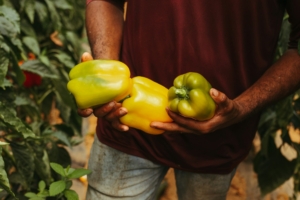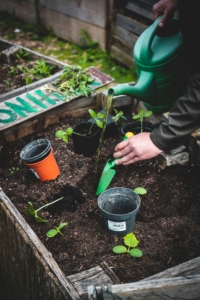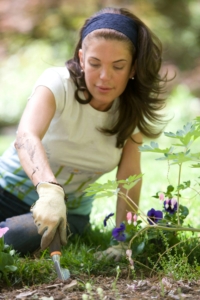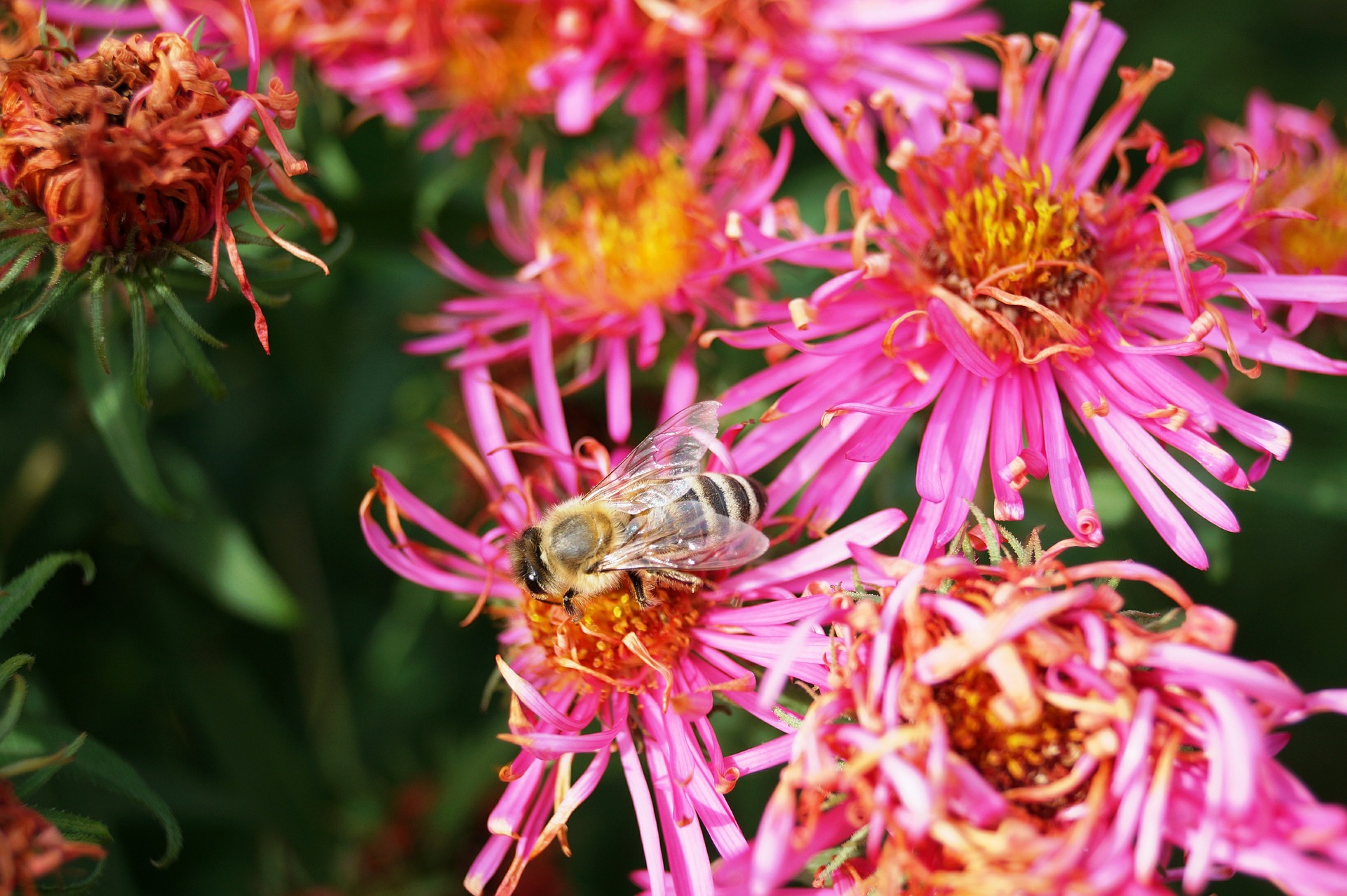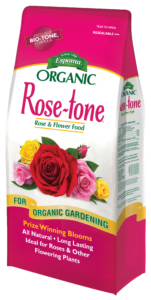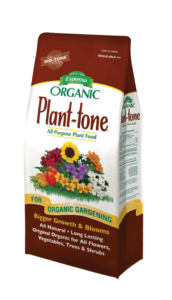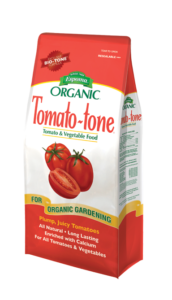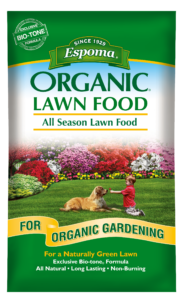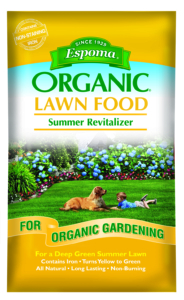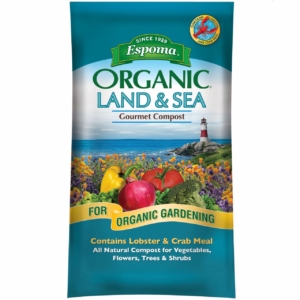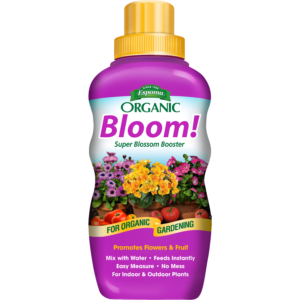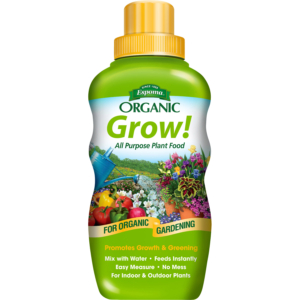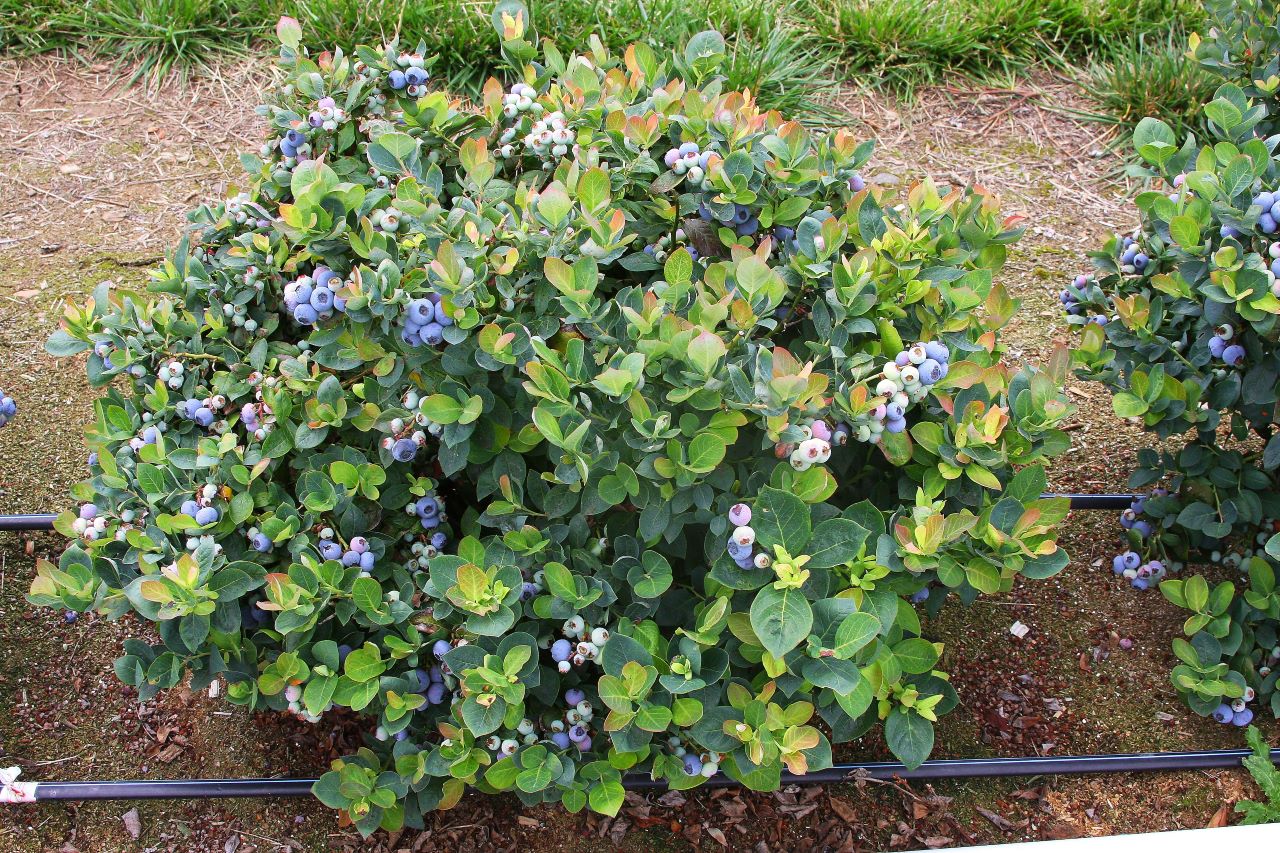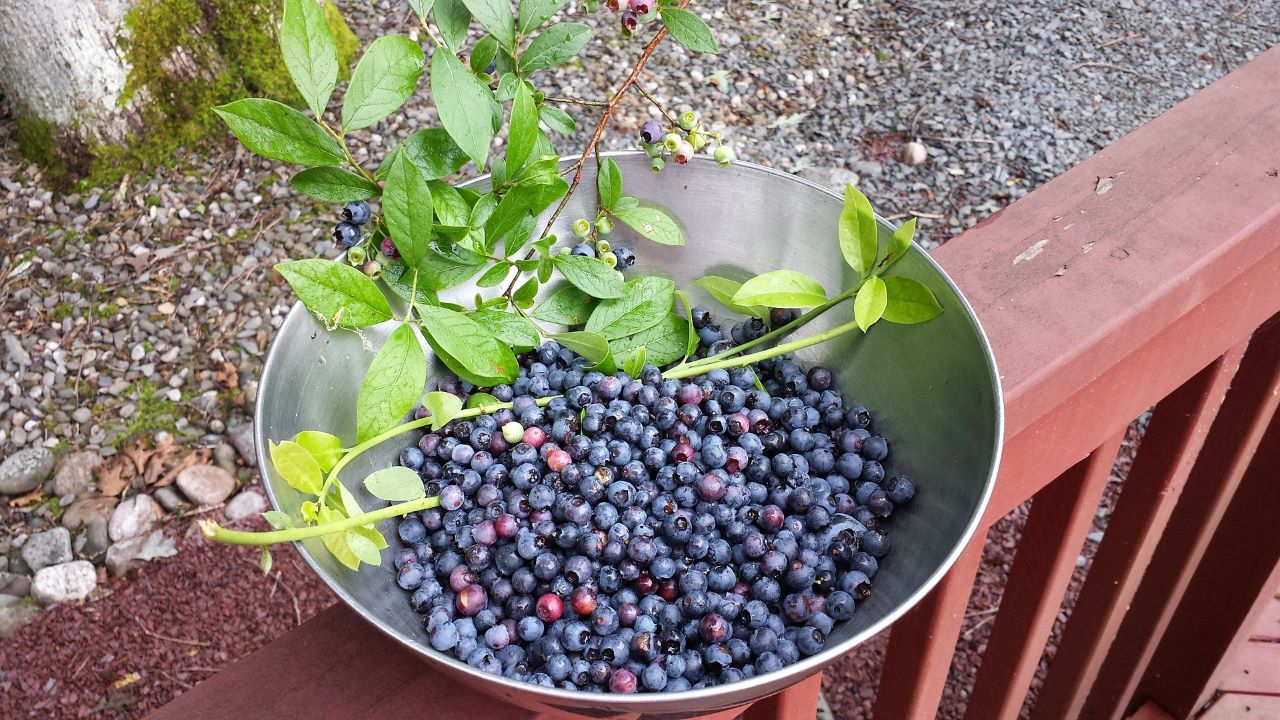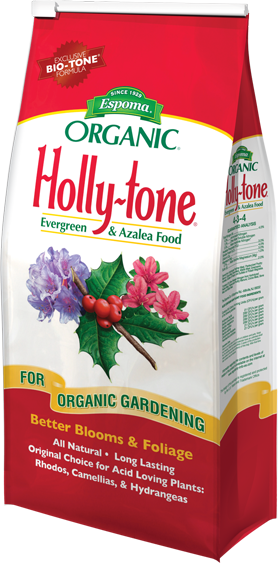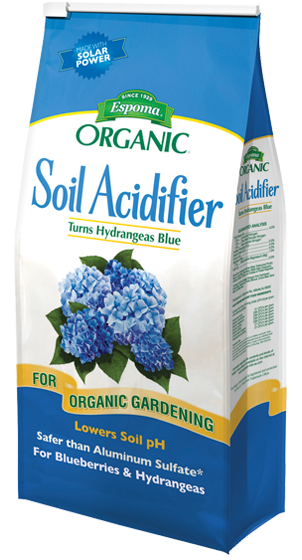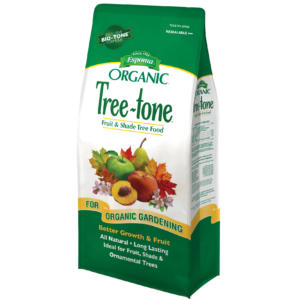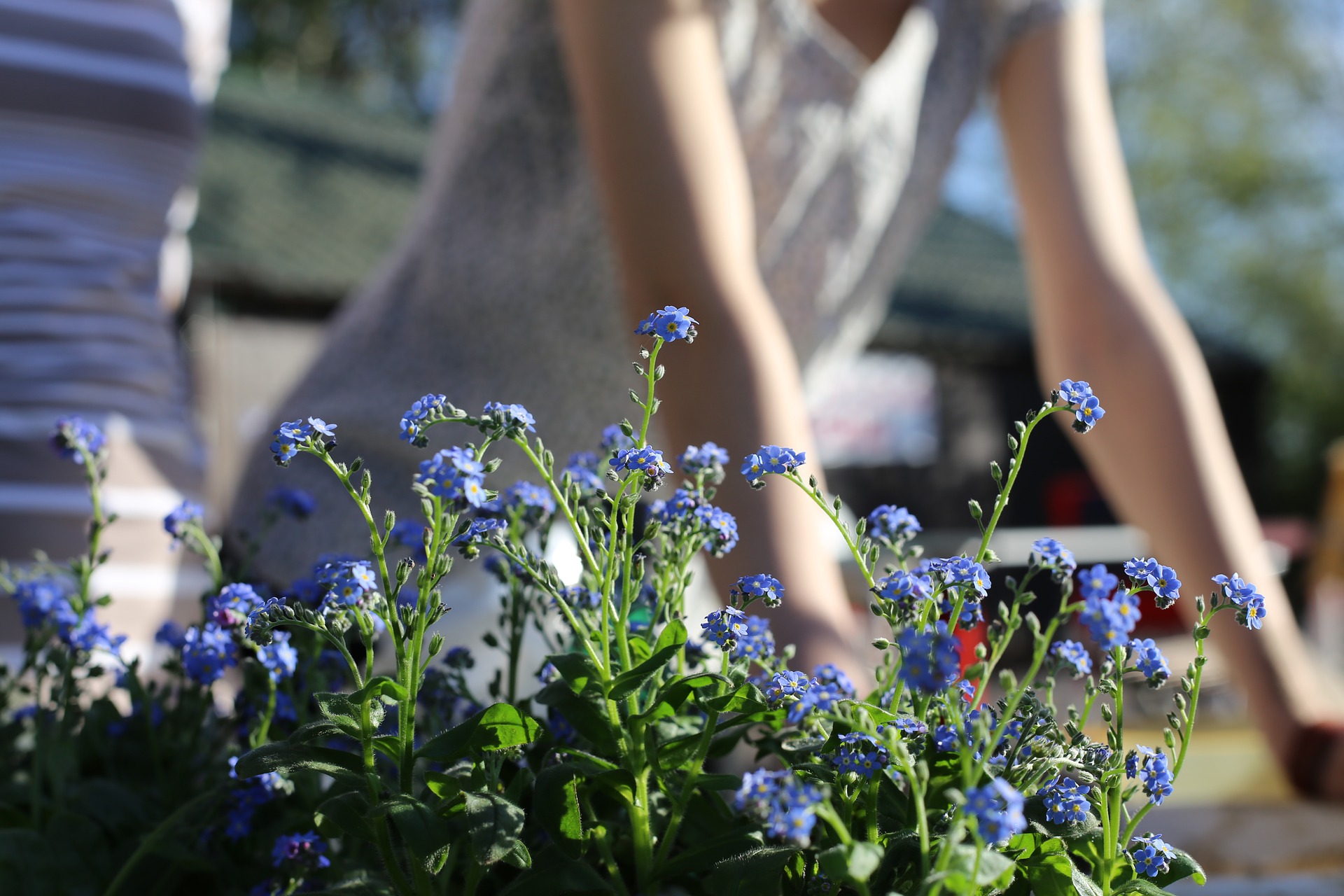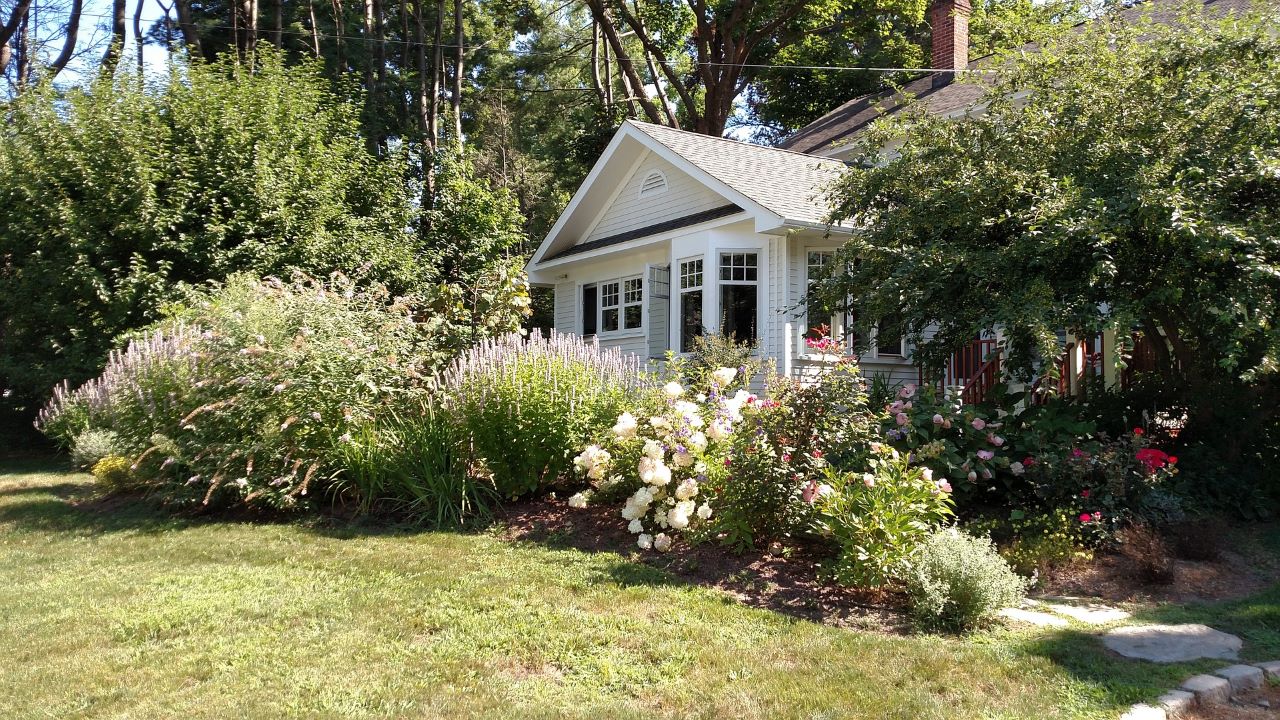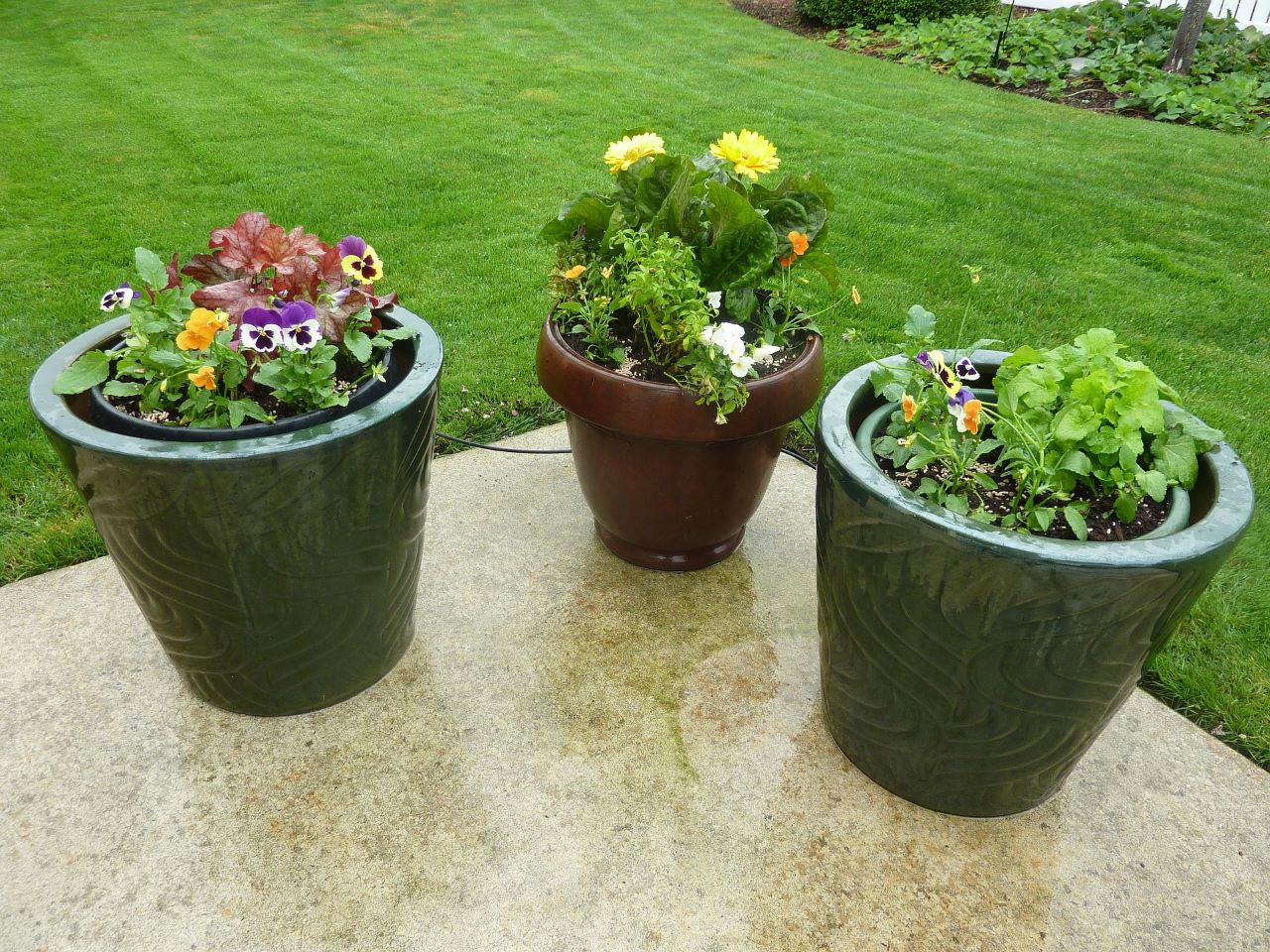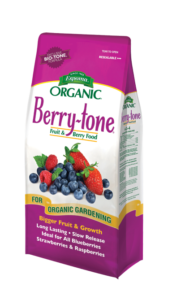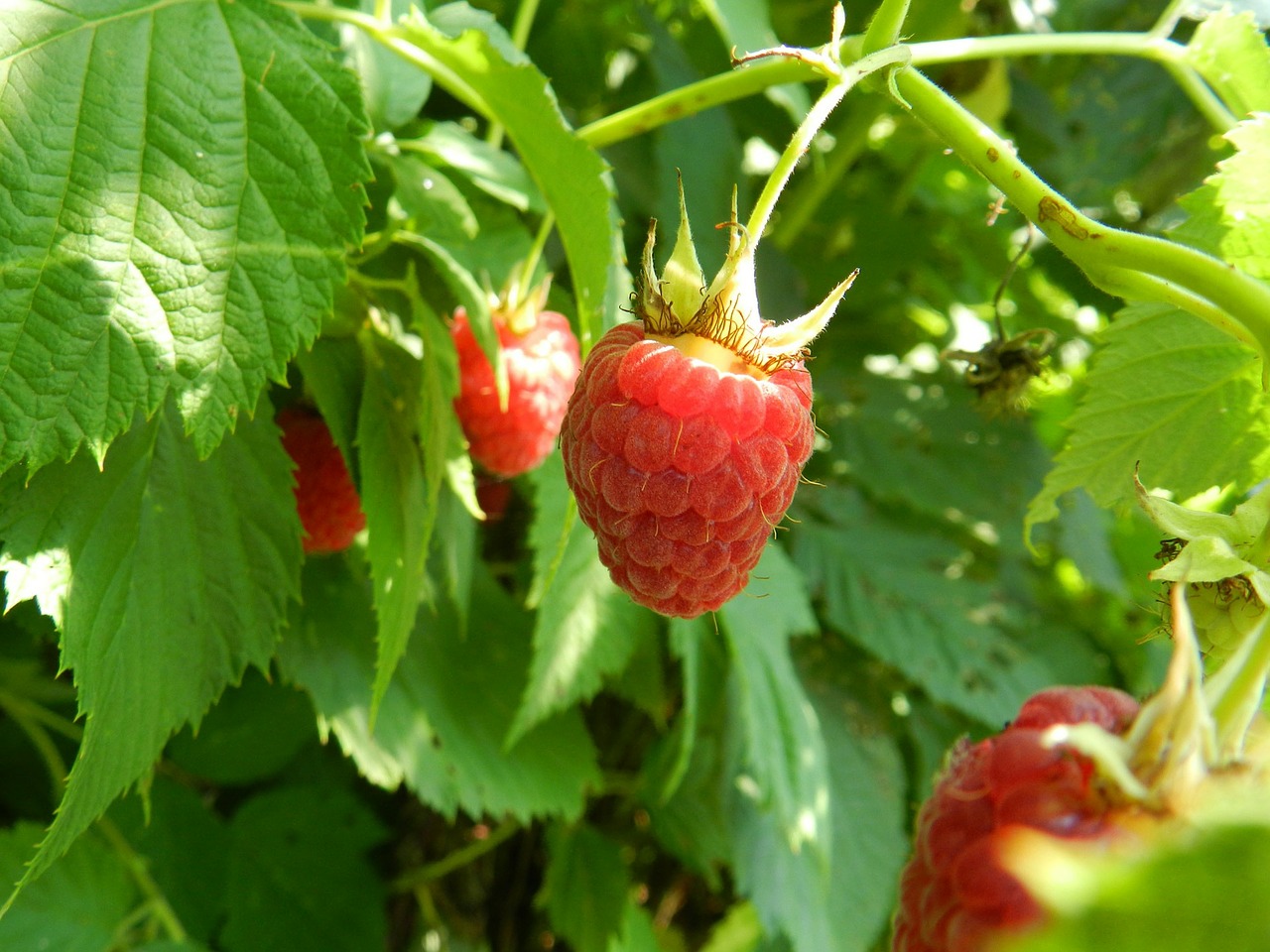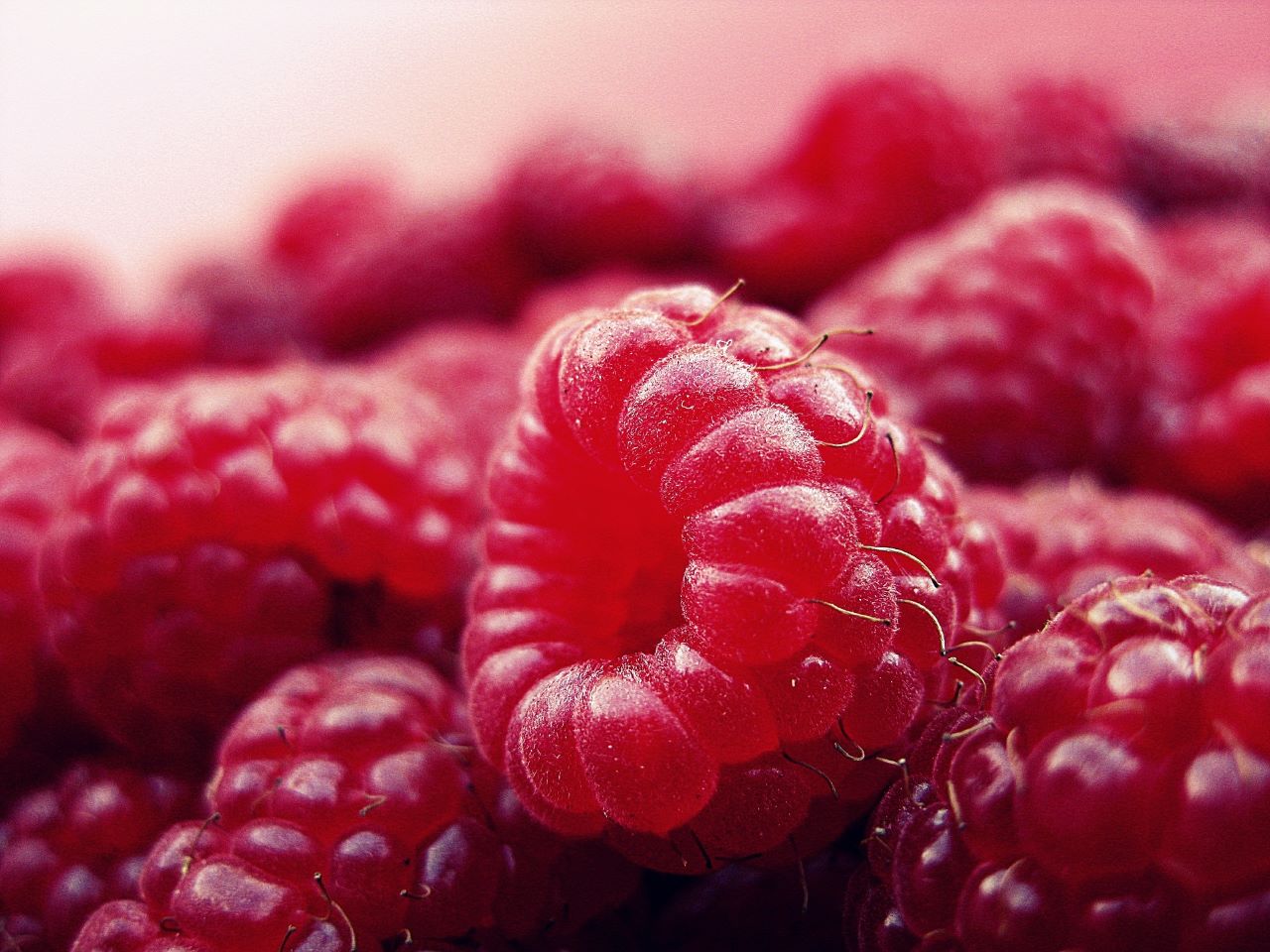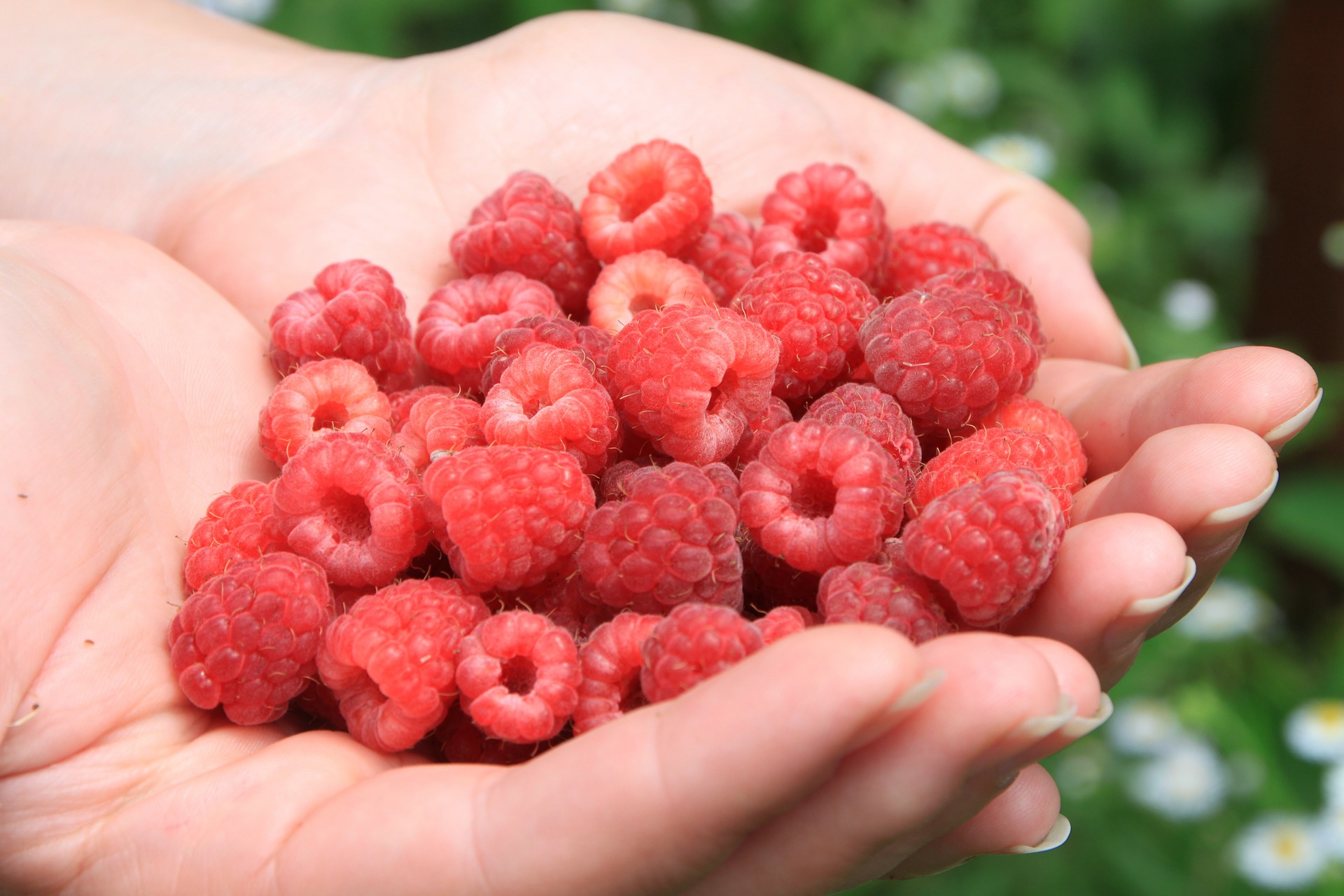Keep deer and other pests away from plants
You love your garden, and so do the notorious neighborhood deer. They’ll try anything at least once and will come back for more if they like it. Not to mention the rabbits and other critters that think of your yard as their own personal all you can eat buffet.
Get serious about deer proofing your garden before the damage gets out of control. Early intervention is always best and you can prevent future invasions by taking action now. It’s much easier to deter one deer before the entire herd is grazing on your garden.
What do deer eat?
More like what won’t deer eat? Deer will eat any vegetation and the hungrier they are, the less picky they get. Growing plants that deer find less attractive is a good starting point, but a desperate deer might still take a bite.
Deer are big eaters. The average adult male consumes about five pounds of food a day.
If you want to keep the deer at bay, try out these tips in your own yard.
Deter Deer and Other Animal Pests:
1. Place strong scented plants near entry points such as garlic, rosemary and lavender. Or choose plants with textures like lamb’s ear, thorny roses, barberry or holly.
2. Fences are generally the best force to keep critters at bay, but they can be expensive. Choose an 8’ tall fence or plant tall, thick hedges around borders. If your main concern is rabbits, the fence should be 30” tall and buried 8-12”.
3. Use liquid or granular animal repellant. Spread or spray around the perimeter of your yard. Reapply after rain and as often as directed. Over time, deer can become used to repellents so you may need to switch products if you notice deer near your yard.
4. An element of surprise such as a garden ornament or scarecrow can deter deer. Move it around frequently.
5. Install motion sensors that light up as deer approach.
6. Enlist your pooch. Active and noisy pets can keep deer at bay.
What’s worked for you in the past? Let us know in the comments below!


